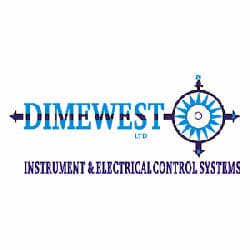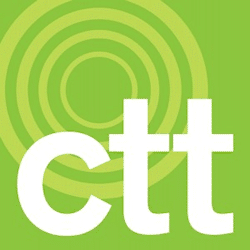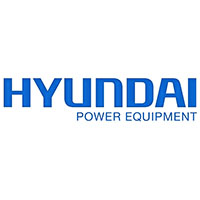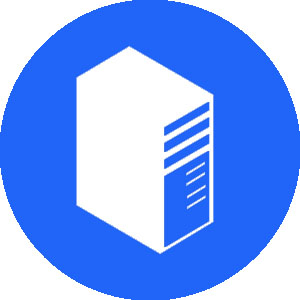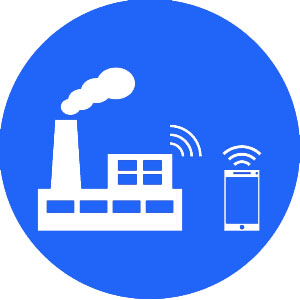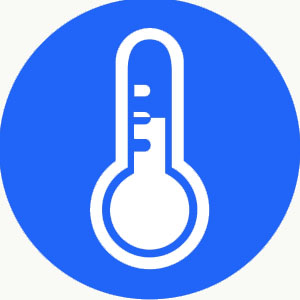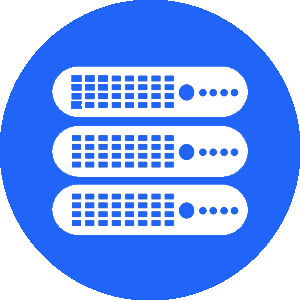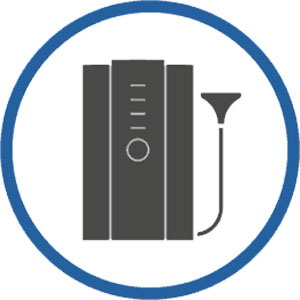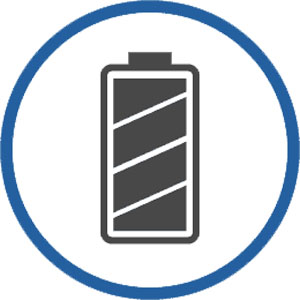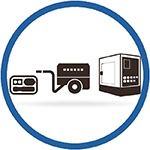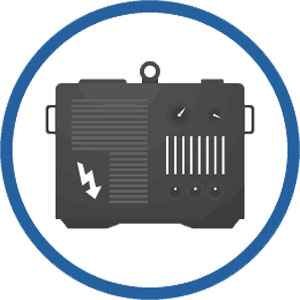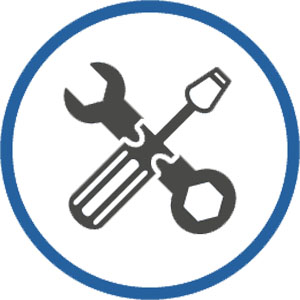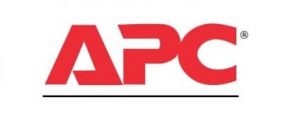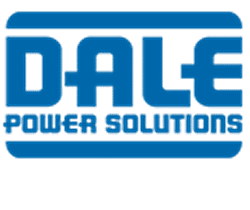Part 4 – Specifying UPS (Uninterruptible Power Supply) | UPS Systems
In part 4 of our guide to standby power, we look at which technologies are most suitable for different IT applications such as offline, line interactive, online, double conversion and rotary UPS.
When specifying a UPS for your requirements, your aim is to protect the power of those IT systems which directly affect the ability of your organisation to function. These critical systems must be kept running during any periods of mains power failure. We offer a range of UPS systems for a variety of applications from Riello UPS, Eaton UPS, Vertiv UPS and APC UPS.
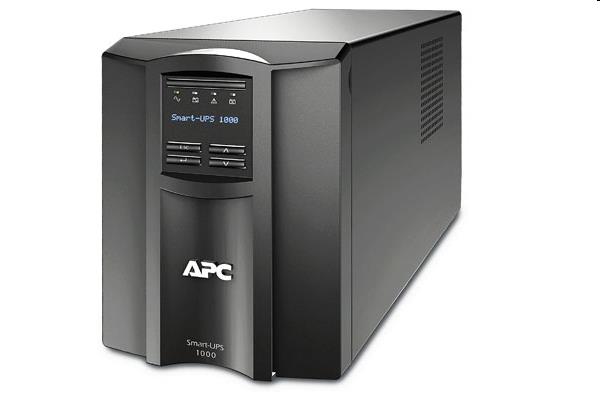
Uninterruptible Power Suppliers for IT Systems
Developments in modern computing have changed the way that Uninterruptible Power Supplies (UPS) are applied. While Data Centres with mainframes, or rows of rack-mounted servers, still require larger back-up power UPS systems to back-up their operations, the increasing trend toward LANs and WANs has reduced power capacity requirements and system configurations elsewhere.
Large computers and their peripherals will usually be supported by high-capacity, centrally located, on-line UPS units and batteries. This arrangement may be in the computer room itself or in a separate area adjacent to the Data Centre. An on-line uninterruptible power supply protects equipment from all power problems, with the battery capacity determining its length of operation during a total outage.

Get in touch to discuss your UPS (Uninterruptible Power Supply) requirements
Networks
LANs and WANs, made up of many smaller nodes with one or more file servers, may require much smaller, off-line UPS units, often with self-contained batteries. As a minimum, file servers and critical workstations should be protected by an off-line or line interactive UPS. The amount of battery back-up (runtime) is usually limited to that required for an orderly shutdown of the network.
Cooling Systems
Not all critical loads need to be protected using a UPS. Only systems that cannot withstand short breaks in the power, such as servers, need to be protected by a UPS. Other critical systems that can withstand a short break in power, such as server room cooling systems, can be protected using a generator. Server room cooling systems are regarded as critical loads because, if the cooling system fails, a thermal shutdown of the servers will occur, to protect them from overheating.
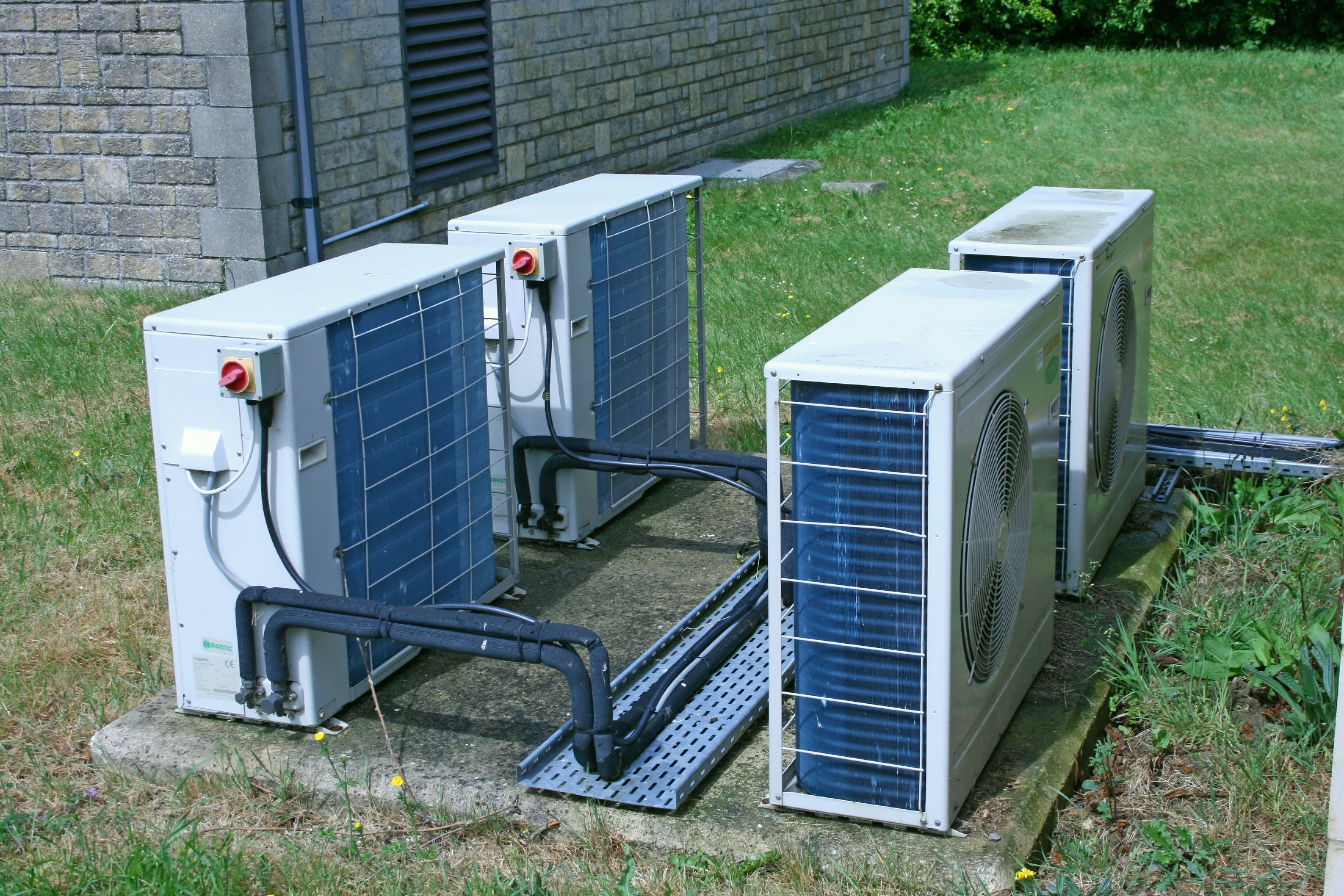
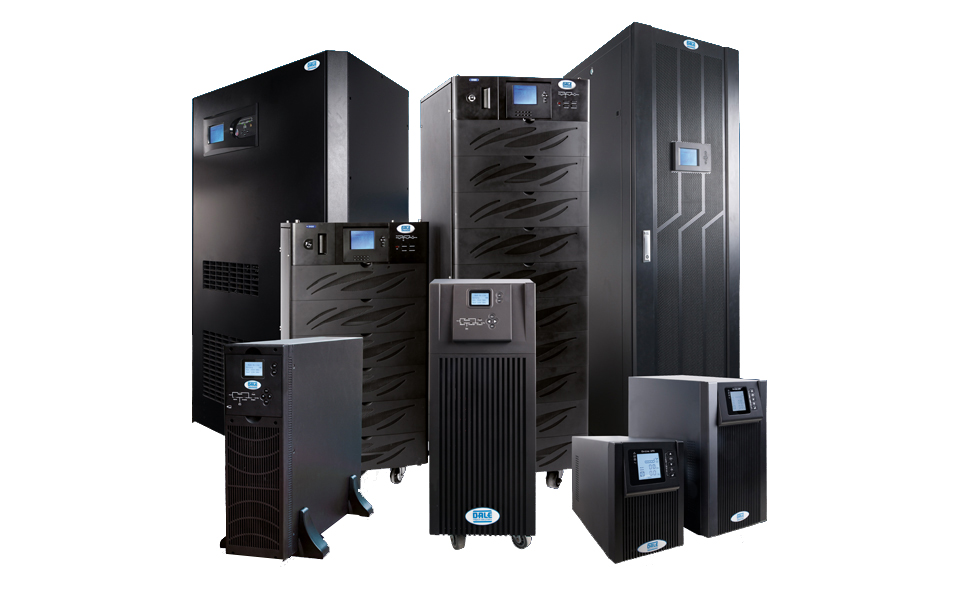
Types of UPS (Uninterruptible Power Supply)
There are three types of static UPS available, known as on-line, line interactive and off-line systems.
The most suitable for sensitive IT systems is generally considered to be on-line technology.
Off-line and line interactive uninterruptible power supplies (UPS systems) are generally considered less desirable for IT applications since they fail to protect against all variations in electrical frequency and harmonics. There is also a three millisecond break before the unit starts to deliver power. If an off-line UPS unit has developed a fault, it may only be discovered during a power outage, when the unit has failed to work correctly.
On-line UPS (Uninterruptible Power Supplies)
Also known as double conversion, an on-line UPS is the only type of UPS to specify when coupled with a generator.
Whilst the mains supply is still functioning, the primary purpose of an on-line UPS is to supply a clean, stable and regulated electrical supply, allowing frequency variations to be maintained within prescribed limits. If the mains supply contains irregularities, this type of UPS, which is capable of powering loads ranging from individual servers to data centres or entire manufacturing sites, will offer you protection against sags and brownouts, surges, spikes and transients, electrical noise, harmonics, frequency variations and mains failure.
Power Conditioning
Much of the function of an on-line UPS is to clean up irregularities in the mains power supply. These aberrations typically last for very short periods of time, five seconds being regarded as a long time. However, there are occasions when there is a complete loss of power. If such a situation occurs the UPS will take up the load using battery power, and if you have a generator connected the UPS will act as a power bridge between the loss of power and the connected generator or generators taking up the load.
On-line UPS will give a break-free electrical supply in the event of mains power failure and also a break-free connection when the system reverts back to mains power once the problem has passed. It will also provide you with an automatic system bypass to mains if an overload or fault condition occurs.

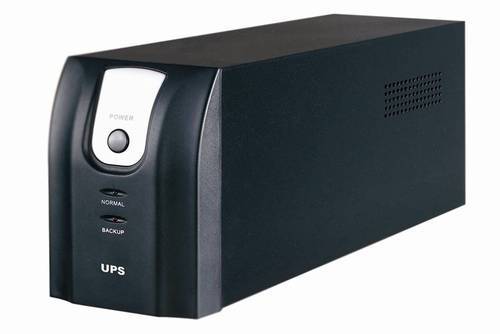
Off-line UPS (Uninterruptible Power Supplies)
These are simple and less expensive UPS that provide only basic protection. In normal situations, the UPS passes the mains power directly to the load. The mains power provides a single DC line which keeps the battery charged. When the UPS detects reduced voltage, it turns on the inverter to power the load directly from the battery. These systems are relatively slow (switching time of longer than 3 milliseconds), and the delay between mains power loss and inverter startup can be long enough to disrupt the operation of sensitive electronics. Off-line UPS technology does not provide full power conditioning but may use a simple filter to clip spikes and electrical noise.
Line Interactive UPS (Uninterruptible Power Supply)
Line interactive systems contain an off-line inverter and a transformer to supply to the load. In the event of a mains failure, the inverter is started and switched to the transformer to provide the output. The transformer is used to provide line conditioning however it also maintains output on its secondary briefly when a total outage occurs increasing the hold-up time of the UPS. This results in a break in the output of a few milliseconds or less and is thus faster than a simple off-line UPS.
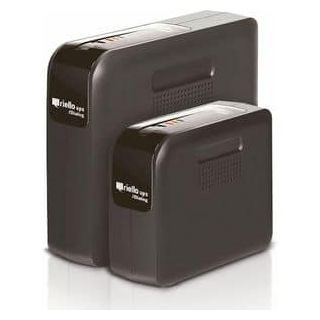
Rotary UPS
There is another type of UPS called a rotary UPS. These rely on kinetic energy stored in a large flywheel to generate electricity until generators can take over, and do not rely on batteries. Rotary UPS (sometimes called flywheel UPS) are considered as an alternative to static UPS systems for very large installations only. Having said that, some rotary UPS do incorporate batteries as well, but coupling with generators is more usual. As the flywheel starts to slow, the generator, which has now had time to come on-line takes up the load.
Electrical Phases
When specifying Standby Power, make it clear if it is to be for either single or three phase electrical supply.
Low power UPS equipment will be one phase input and output. Larger equipment will have three phases for both the input and output. In the mid range, three phase input with a single phase output is used.
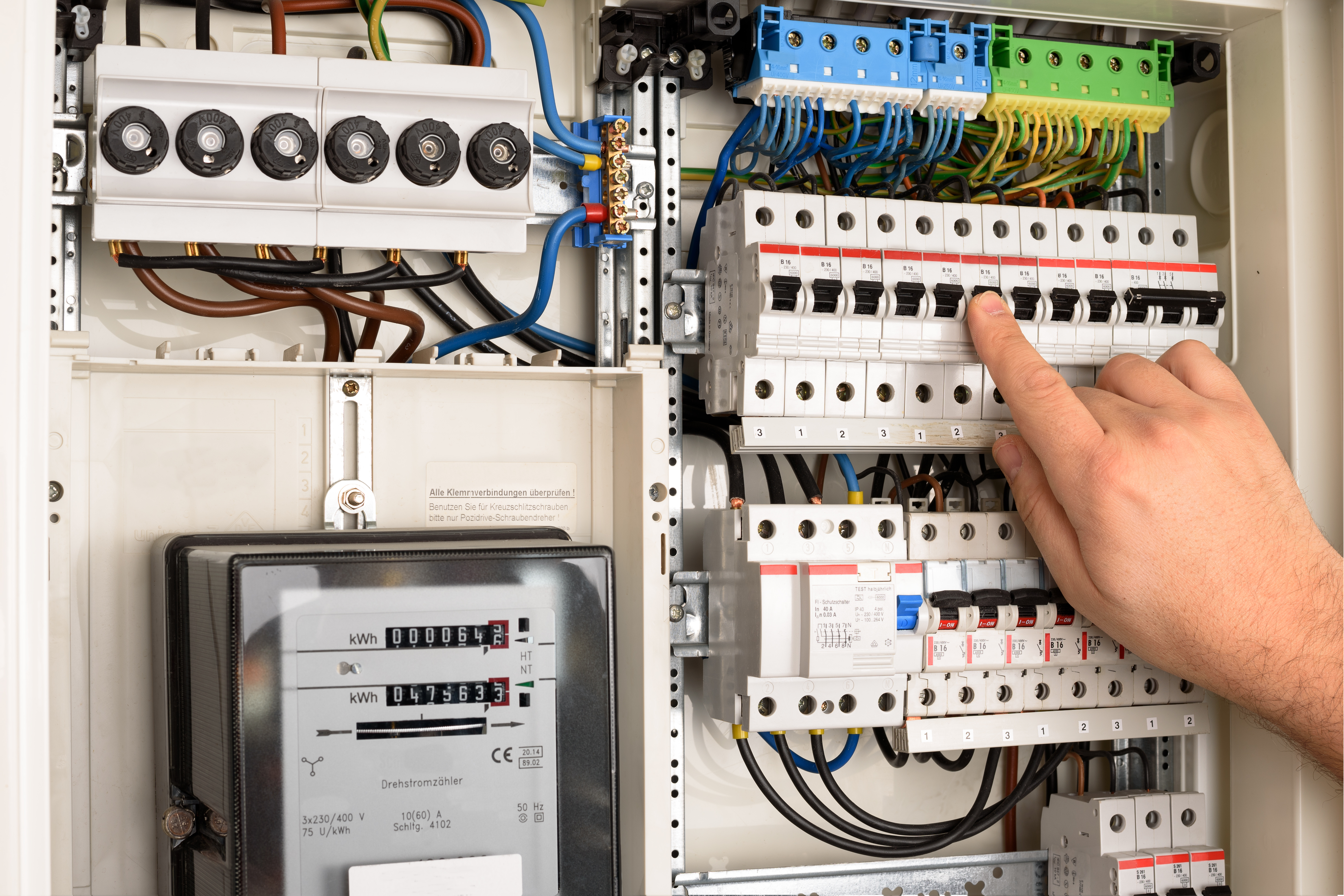
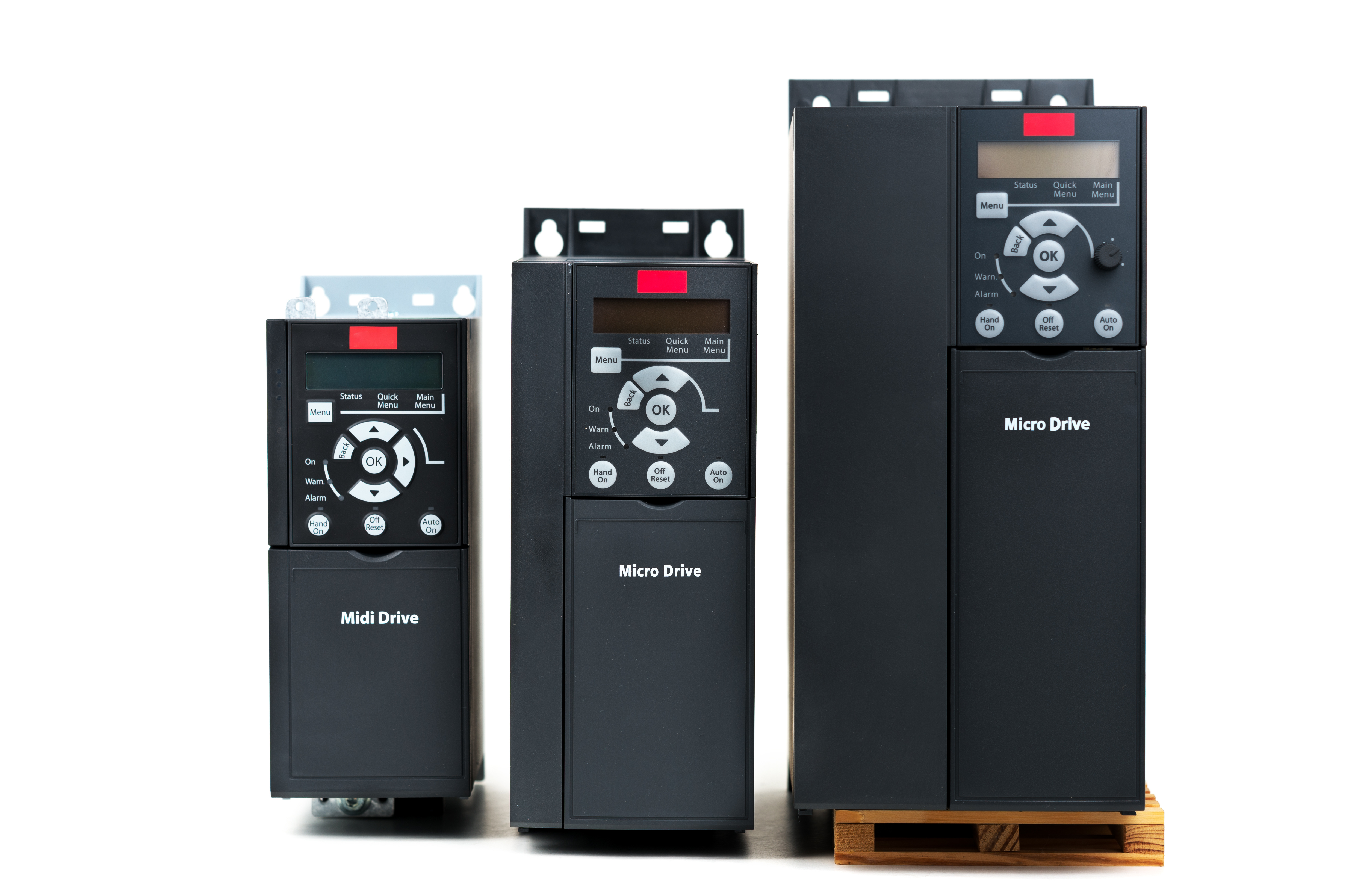
Runtimes
How long will your UPS be required to support the connected equipment?
Points to consider include length of runtime desired, against cost, battery weight and overall footprint. Once the electrical demand and extra capacity have been agreed, the footprint and overall dimensions of the UPS can be calculated taking into account the space needed to house any extra battery banks and their weight. These may be located with, or remotely from the UPS.
If a generator is part of the standby power package, the UPS runtime can be considerably shorter than if the UPS is operating alone, the UPS acting as a power bridge between mains power failure and the generator taking up the load.
Many systems, where it is a nuisance, rather than a disaster if the system shuts down, will run for a specified time. Then, in the case of a power outage, the UPS can send a signal to the servers to back up any unsaved data before undertaking a controlled shutdown.
Parallel Redundancy
The simplest configuration, capacity, or N systems, are typically comprised of one double-conversion UPS with a maintenance bypass, sized only to accommodate the critical load. This configuration is the least expensive option but requires UPS system downtime for maintenance. Where critical systems are being protected, and continuity has to be preserved at all costs, parallel redundancy is often employed. This is often referred to as N+1.
There are several different configurations, but the intention is the same. That is to ensure that there will be power to run the critical systems. The most usual configuration is for two or more UPS to be installed, with the UPS sharing the load, if one fails, the others support the full load. This configuration can also be used with generators.
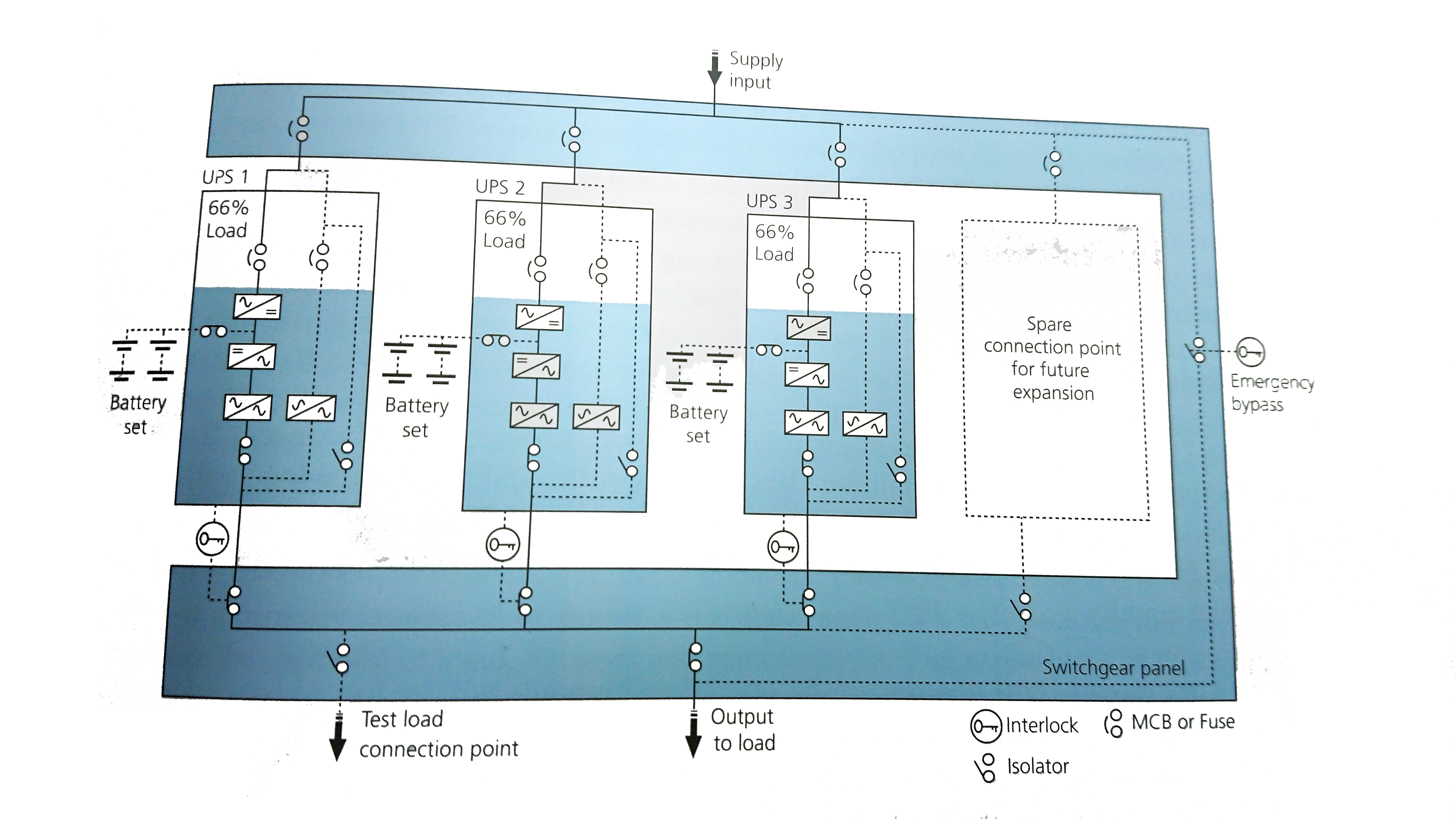
Maintenance
When parallel redundancy is employed, maintenance will not present a problem if one unit has to be taken out of service for a short period of time.
However, without parallel redundancy, on-line UPS can be fitted with a maintenance bypass switch. This switch is employed for short periods so that maintenance can be carried out. For the time that the maintenance bypass switch is in operation, unfiltered mains power is allowed to feed the equipment.
The IT Professionals Guide to Standby Power – contents
A Glossary of Standby Power Terminology
Part 1 – Planning your Standby Power Requirements
Part 2 – Potential Power Quality Problems
Part 5 – Matching a generator to your UPS
Part 6 – Making the right generator choices
Part 7 – How to ensure your batteries don’t fail
Should you wish to discuss any of the issues raised in these articles, please contact us.
Our Services
Our Clients









